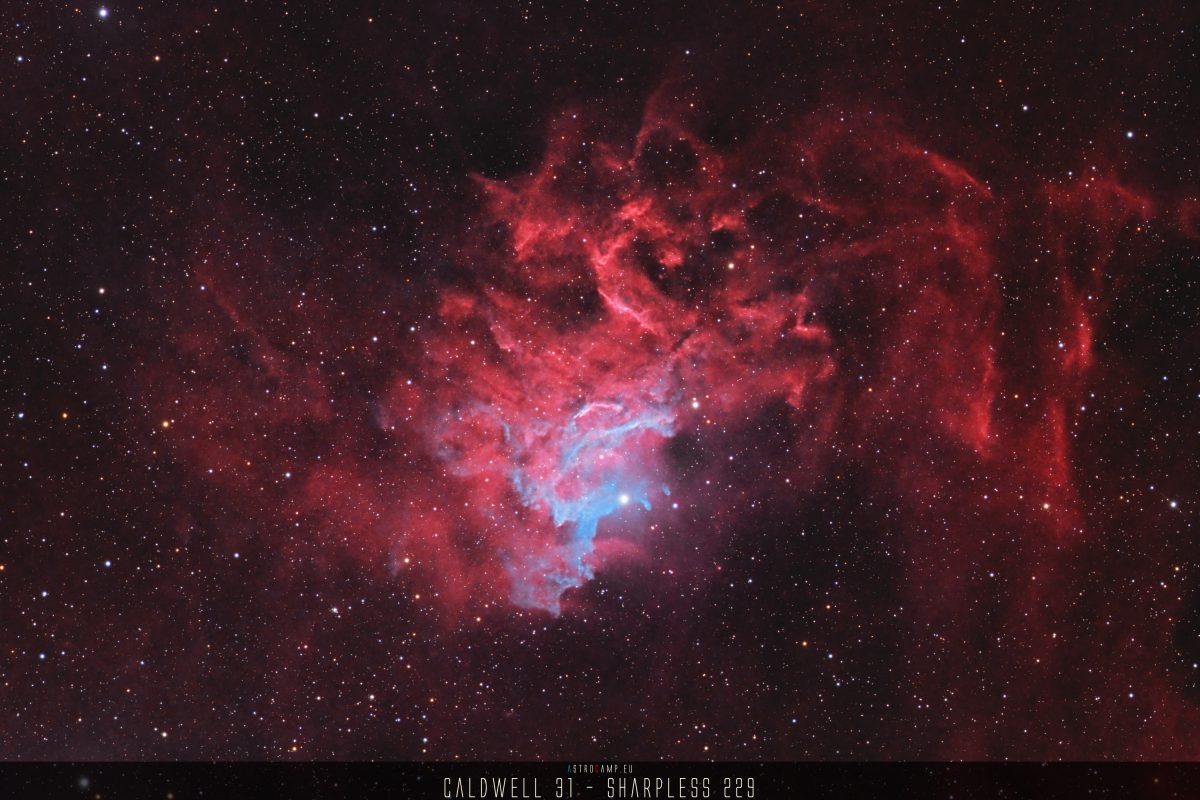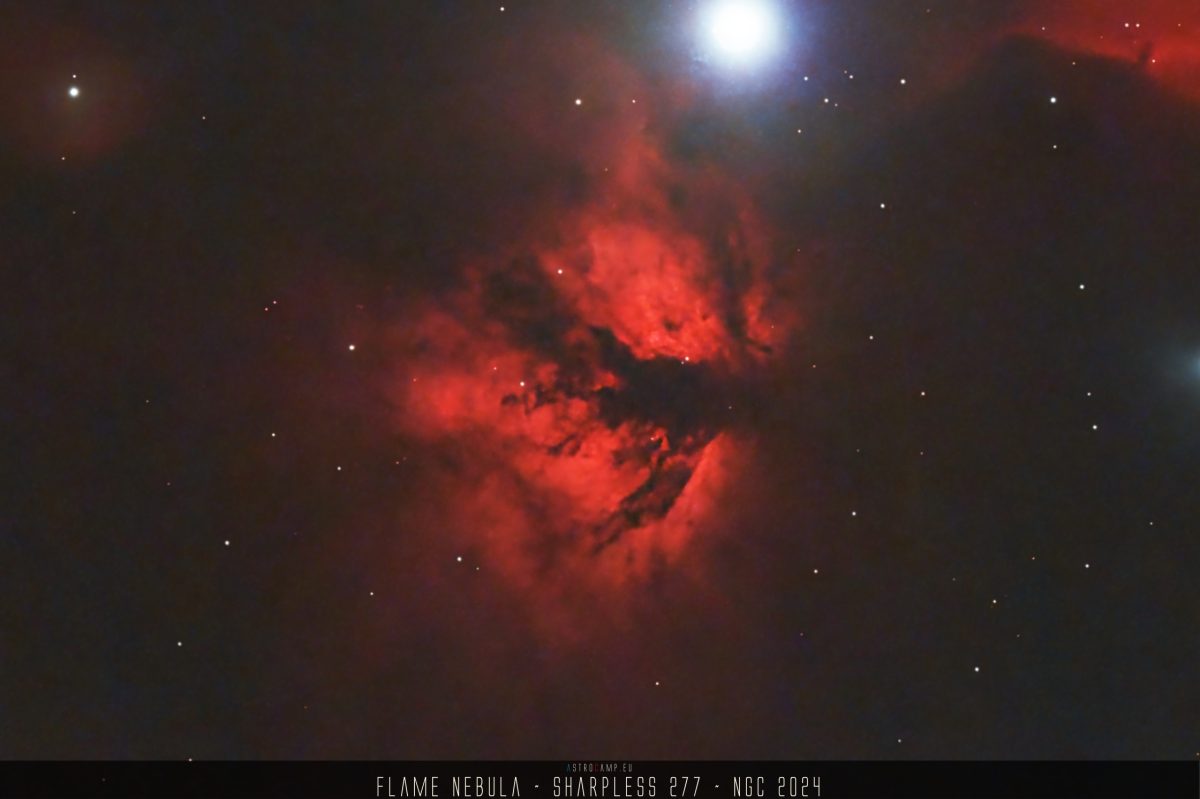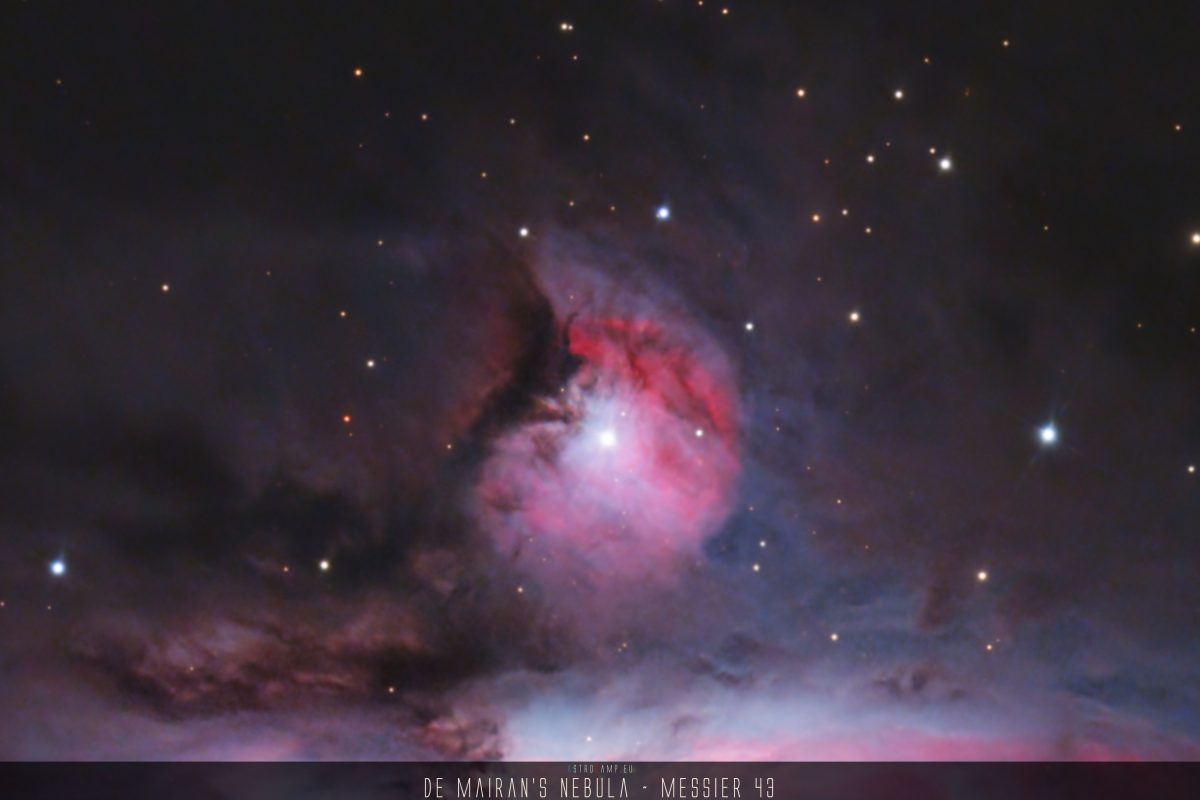LBN 728 is a nebula located in the constellation Ursa Major. It reaches its annual culmination at astronomical midnight and is best observed in mid-January.


LBN 728 is a nebula located in the constellation Ursa Major. It reaches its annual culmination at astronomical midnight and is best observed in mid-January.

LBN 729 is an emission nebula located in the constellation Ursa Major. It reaches its annual culmination at astronomical midnight and is best observed in Mid-January.

My first astrophotography project with my mono setup. A journey with ups and downs. In the end, a total of 22 hours of exposure time on truly rare and challenging objects: LBN 728 and LBN 729.

Sharpless 229, also known as the Flaming Star Nebula, is a combination of reflection and emission nebula located in the constellation Auriga, approximately 1,500 light-years away from Earth. This nebula reaches its annual culmination at astronomical midnight around mid-December.

The first light of my first mono setup is finally done! I’ve been waiting for this moment for a long time… and the imaging session had a few surprises in store.

Sh2-236 material that I originally created for a “with OWB” vs “without OWB” filter test. Somehow, it feels like a shame not to develop an image from it.

Sharpless 236, also known as IC 410 or the Tadpole Nebula, is an emission nebula located in the constellation Auriga, approximately 2185 light-years away from Earth, reaching its annual culmination at astronomical midnight mid. December.

I photographed the Elephant’s Trunk Nebula again, achieving an enhanced image with better equipment and longer exposure time across four sessions.

The Flame Nebula is a bright emission nebula located in the constellation Orion, approximately 900-1,500 light-years away from Earth. It reaches its annual culmination at astronomical midnight mid December.

Messier 43, located in the Orion constellation, is approximately 1,300 light-years away and reaches its annual culmination at astronomical midnight around mid-December.